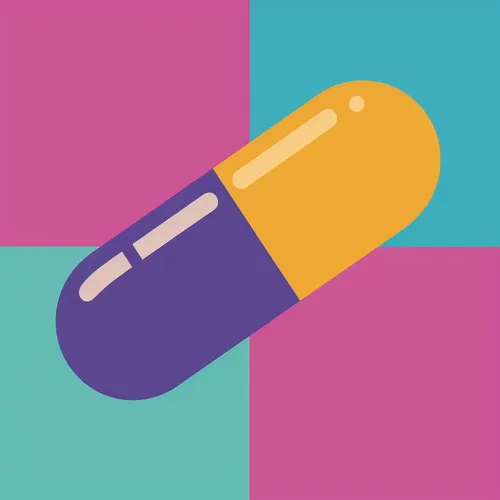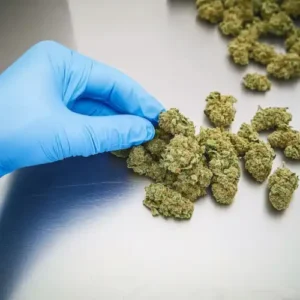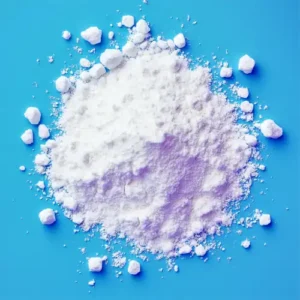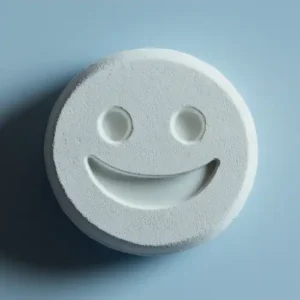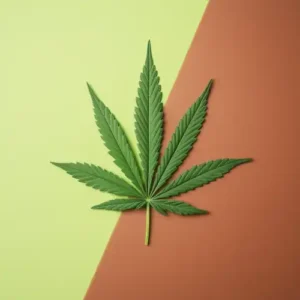Illegal drugs are divided into 3 classes – A, B or C as per the Misuse of Drugs Act 1971. These classes are based broadly on the resulting harms to society or user when they are abused.
The drug class determines the maximum penalty a user will suffer for an offence that the drug was involved. For instance, the penalties for Class A drugs are the most severe since they are most likely to result in the most serious harm. It is illegal to possess, produce, sell or give away any drugs that are controlled by the Misuse of Drugs Act.
- Class A drugs consist of: cocaine (together with crack), ecstasy (MDMA), heroin (diamorphine), magic mushrooms, methadone and LSD.
- Class B drugs consist of: barbiturates, amphetamines, cathinones (including mephedrone), codeine, synthetic cannabinoids and cannabis,
- Class C drugs include: anabolic steroids, benzodiazepines (tranquillisers), ketamine and GHB/GBL,
Every drug isn’t illegal, however, they can still be harmful. For instance, alcohol and tobacco could result in serious health problems.
Health Risks Associated With Drug Abuse
Abusing illegal drugs can lead to severe health consequences. For instance, stimulants like cocaine and methamphetamine can cause heart attacks, strokes, and even sudden death. Opioids such as heroin can lead to respiratory depression and overdose. Moreover, sharing needles for injecting drugs increases the risk of contracting infectious diseases like HIV and hepatitis C.
Signs of Drug Misuse
Signs of drug use show up in how people look and act. You might see changes in weight, red eyes, strange smells, or new sleep habits. People using drugs may skip work or school, change friends, or have money troubles. These signs don’t mean someone is using drugs for sure, but they can warn us that help is needed. Quick action helps – the sooner someone gets help, the better their chances are of getting well.
These warning signs apply to all types of drug use, including newer substances. Many people think newer drugs are safer, but this isn’t true.
New drugs that produce ‘legal highs’ have been made to ape illegal drugs effects such as ecstasy and cocaine, however, are different enough structurally so that they don’t fall into the class of an illegal drug as outlined in the Misuse of Drugs Act. Even so, the drugs could still produce harmful side effects.
Certain drugs have an actual use like in medicine, scientific studies or in industry. Home Office provides licenses for those who want to use, produce or import these drugs.
| Class | Drug | Possession | Supply & Production |
|---|---|---|---|
| A | Crack cocaine, cocaine, ecstasy (MDMA), heroin, LSD, magic mushrooms, methadone, methamphetamine (crystal meth) | Up to 7 years in prison, an unlimited fine or both | Up to life in prison, an unlimited fine or both |
| B | Amphetamines, barbiturates, cannabis, codeine, methylphenidate (Ritalin), synthetic cannabinoids, synthetic cathinones (e.g. mephedrone, methoxetamine), ketamine | Up to 5 years in prison, an unlimited fine or both | Up to 14 years in prison, an unlimited fine or both |
| C | Anabolic steroids, benzodiazepines (diazepam), gamma hydroxybutyrate (GHB), gamma-butyrolactone (GBL), piperazines (BZP), khat | Up to 2 years in prison, an unlimited fine or both | Up to 14 years in prison, an unlimited fine or both |
Seeking Help for Drug Addiction
If you or someone you know is struggling with drug addiction, it’s crucial to seek professional help. Many effective treatment options are available, including behavioural therapies, medications, and support groups. Reaching out to a healthcare provider or a drug addiction hotline is an excellent first step in getting the necessary support and guidance to overcome addiction and lead a healthier life.
Photo: “What are Class A, B and C Drugs” by Anthony Cunningham for Zoom Testing
Zoom Testing is a leading UK drug testing company and a supplier of Drug Test Kits.
This post was originally published in 2022. It was last updated in February 2025.

